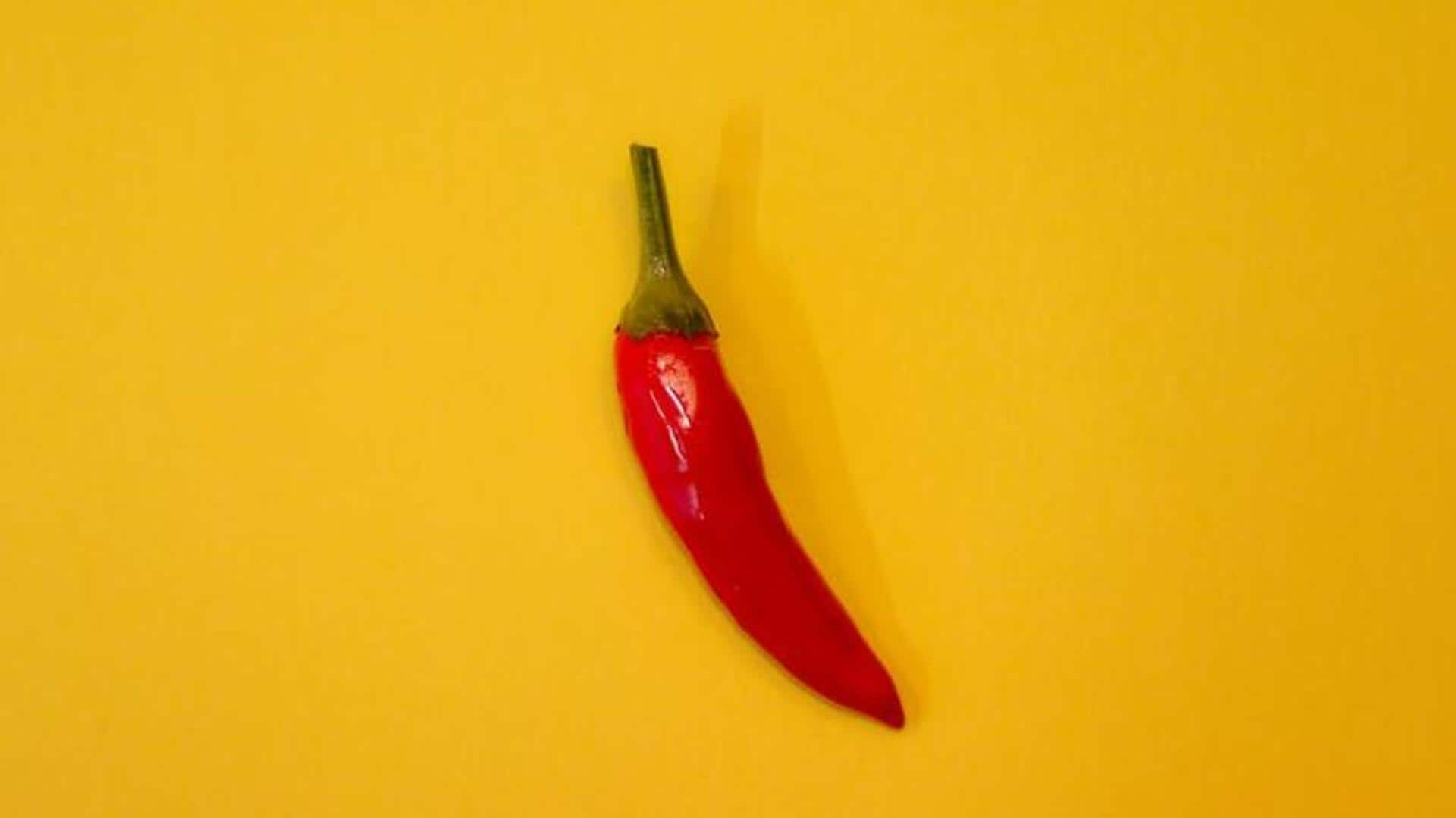
Fiery journey of chili: From native spice to global star
What's the story
Chili peppers have a long history spanning thousands of years, starting from Mesoamerica.
The spicy fruits have made their way across continents, becoming a staple of cuisines around the world.
From ancient cultivation to contemporary kitchens, their journey is a testimony to their versatility and timelessness.
This article delves into the captivating journey of chili peppers, focusing on their key moments and cultural imprints.
Early beginnings
Ancient Mesoamerican cultivation
Interestingly, chili peppers were first domesticated more than six thousand years ago in modern-day Mexico.
They were a staple in the diets of ancient civilizations such as the Aztecs and Mayans.
These cultures used chilies as a flavoring agent, but also for medicinal purposes.
The cultivation methods employed by these early societies set the stage for chili's spread beyond Mesoamerica.
Global spread
The Columbian Exchange impact
The Columbian Exchange played a crucial role in introducing chili peppers to Europe, Asia, and Africa in the late 15th century.
Spanish explorers returned with them from their voyages, and they were quickly adopted into various cuisines.
In India and Southeast Asia, chilies became staples in no time at all, owing to their versatility and ability to elevate local cuisines.
Diverse uses
Cultural significance across continents
Chilies are culturally important all around the world.
In India, they're the heart of numerous traditional recipes, and are thought to help with digestion.
In Korea, chilies are the key for preparing kimchi—the staple fermented dish—while in Hungary, paprika prepared from dried chilies is the national spice.
Every culture has adopted chilies in its own way, proving just how versatile they are!
Contemporary influence
Modern-day culinary staple
Today, chili peppers are everywhere in global cuisine—from spicy sauces like sriracha to mild ones used in salads or as garnishes.
They not only add heat but also depth of flavor that elevates culinary experiences the world over.
The demand for different chili varieties keeps growing as chefs try out new ways of adding them to dishes.